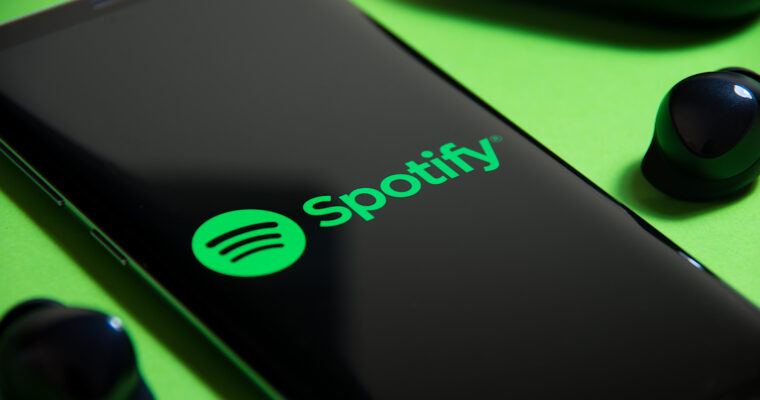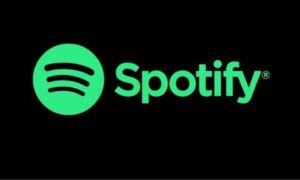Spotify has been around for 15 years. It simultaneously seems to have happened yesterday and to have happened a lifetime ago. We are all aware of how quickly events can change in a single year, so consider the profound transformation that may take place over 15 years. We find it hard to comprehend how much our own life has changed since the early 2000s when we look back on it. When viewed as a totality, the state of the music business in the early 2000s is nearly absurd. Here are some of the most significant updates and advancements to Spotify.
De-Gentrification of Music:
At the height of the CD frenzy, buyers would pay up to $20 for a single record. Due to the high cost of CDs, consumers were pickier about the music they purchased. They tended to stick with the musicians and albums they already knew and adored rather than discovering new artists and expanding their musical tastes. However, Spotify allowed users to explore any artist on their platform for $10 a month, making music more widely available than ever. Younger Spotify users, who tended to stick to one genre in the early 2000s, are revealed to have more broad musical tastes than older Spotify users.
Free music:
The fact that it was free is what made illicit downloading so common. People still chose those sites despite the spam and advertisements because they didn’t have to pay anything. Spotify also provides free music streaming, but it gets littered with ads. Many people who previously used the free tier have switched to premium customers, who surpassed 155 million in the fourth quarter of last year. The business discovered through a survey that the playlists made by the free members had assisted them in showing the consumers the appropriate advertisements. Check it out here on this forum to see how a subscription operates and its unique features and benefits.
Autoplay:
The idea of autoplay as we know it today did not exist before the advent of streaming. Given the small user libraries of digital download stores like iTunes, there were few practical ways to suggest new songs without purchasing to expand their library. However, when streaming became more popular, DSPs like Spotify could provide users with more content after their current playlist or album had ended, such as algorithmic recommendations of new songs that complemented the playlist’s theme.check it outto learn more about Spotify’s autoplay feature. Autoplay, an element currently included in all streaming services, was first made famous by the on-demand, audio-only streaming service Spotify.
Playlists depending on moods:
Spotify has always come up with innovative methods to engage its audience. The website’s skilled editorial staff has refused to follow the conventional ways of classifying music according to its genres. It is the best choice for music lovers who don’t want to be limited to just one genre of music because they were the ones who initially classify songs based on how we were feeling. The multi-genre playlists offer a variety of distinctive soundtracks for your happy, sad, optimistic, and other moods.











































